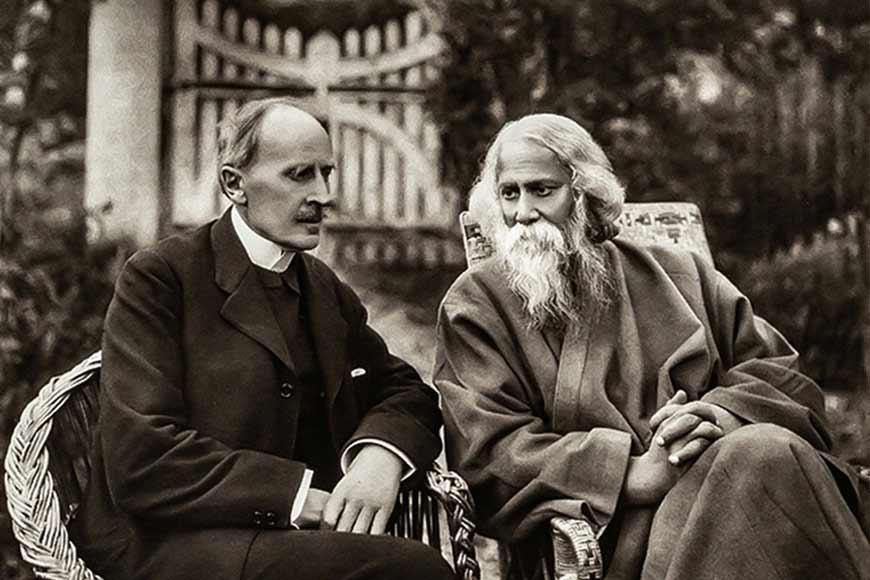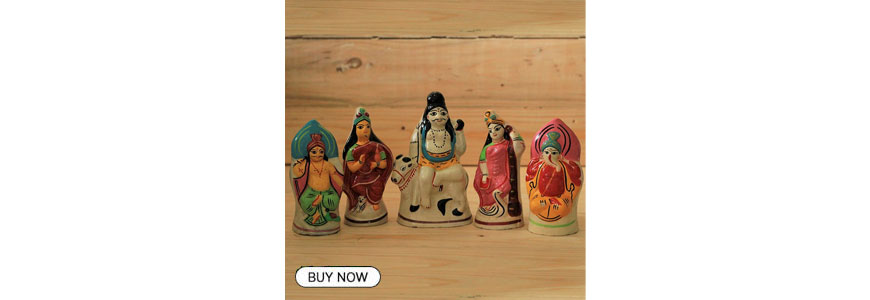Declaration of the Independence of the Mind. A proclamation signed by luminaries like Tagore, Einstein, and others in 1919 – GetBengal story

“Where the mind is without fear and the head is held high
Where knowledge is free,
…Where the mind is led forward by thee.”
Rabindranath Tagore
Post First World War, French Nobel Prize winner for Literature Romain Rolland, published ‘Declaration of the Independence of the Mind’ in the socialist newspaper L'Humanité in 1919. This remarkable text appealed to artists not to create art that was merely propaganda but instead use art and literature to honour truth and bring people together.
The Declaration was signed by hundreds of the most creative minds of the time, from Albert Einstein, who was one of the most vocal opponents of the war, to Upton Sinclair, Herman Hesse and Rabindranath Tagore.
The first letter Rolland wrote to Tagore was on April 10, 1919, from Villeneuve, Switzerland, asking him to sign his ‘Declaration of the Independence of the Mind’. Not only did Tagore sign the manifesto, he emphatically agreed with Rolland's beliefs. This brief interaction between them paved the way for a long-standing relationship that would last more than 20 years.
In reply to Romain’s letter, Tagore wrote:
“When my mind was steeped in the gloom of the thought that the lesson of the war had been lost and that people were trying to perpetuate their hatred and anger into the same organised menace for the world that threatened themselves with disaster, your letter came and cheered me with its message of hope.”
- Excerpt from a letter sent to Romain Rolland by Tagore in 1919
The world witnessed art and literature being used as weapons of war. Science, philosophy, and art were warped by the leaders, who wanted nothing but to propagate their cause. Romain Rolland beseeched that intellectual work be used to enrich minds, to represent the truth and not to corrupt and spread false information. He wrote of how appalled we all should be by the destruction of intellectual property and censorship that had overtaken the world in the throes of war.
“Thinkers and artists have added an incalculable quantity of envenomed hate to the plague that devours the flesh and the spirit... In the arsenal of their knowledge, their memory, and their imagination, they have sought reasons for hatred—reasons old and new, historical, scientific, logical, and poetical. They have laboured to destroy mutual understanding and mutual love among men. So doing, they have disfigured, defiled, debased, and degraded the thought of which they were the representatives. They have made it an instrument of the passions, and (unwittingly, perchance) they have made it a tool of the selfish interests of a political or social clique, of a state, a country, or a class. Now, when, from the fierce conflict in which the nations have been at grips, the victors and the vanquished emerge equally stricken, impoverished, and at the bottom of their hearts (though they will not admit it) utterly ashamed of their access to mania—now, thought, which has been entangled in their struggles, emerges, like them, fallen from her high estate.
Source: Romain Rolland: The Man and His Work by Stefan Zweig
It is not healthy for artists to be so influenced by the regime. Art should not be manipulated to promote political agendas. The role of art is not to cause rebellions. But it is also not meant to comfort or pacify.
"We must never forget that art is not a form of propaganda; it is a form of truth."
- John F. Kennedy
During the Second World War, in the year 1937, the Nazi regime classified five paintings by Rabindranath Tagore as degenerate artwork and had them removed. A total of 16,000 paintings were either deported or destroyed because Hitler believed post-impressionist modern art to be “evidence of a deranged mind." The Nazis went so far as to set up an exhibition just to make a mockery of the art. Tagore’s gouache paintings, simply titled Mask, Portrait, Girl [in a red robe], Mask, and Two Birds, were demonised. Although 3 out of the 5 paintings were supposed to have been returned to Tagore, they were never recovered. Tagore propagated ideas of freedom in his art, and it was this that was venomously targeted.
Tagore was a celebrated figure in Germany, with dozens of his books translated into German. Whenever he was invited to speak, the halls would be packed. The local media even hailed the Bengali polyglot as the ‘wise man from the East’. Despite this, Nazi Germany destroyed priceless intellectual property in the name of social cleansing.
Art and literature have the power to change the world; they can change perspectives, move people to action, or worse, inaction. If wielded with ill intent, art can lead to destruction and division. When censored or destroyed, it is a loss that we might never recover from. Hence, it is imperative that we recall Rolland’s ‘Declaration of the Independence of the Mind’ and treat art as it should be treated, with respect and a candid sincerity.










